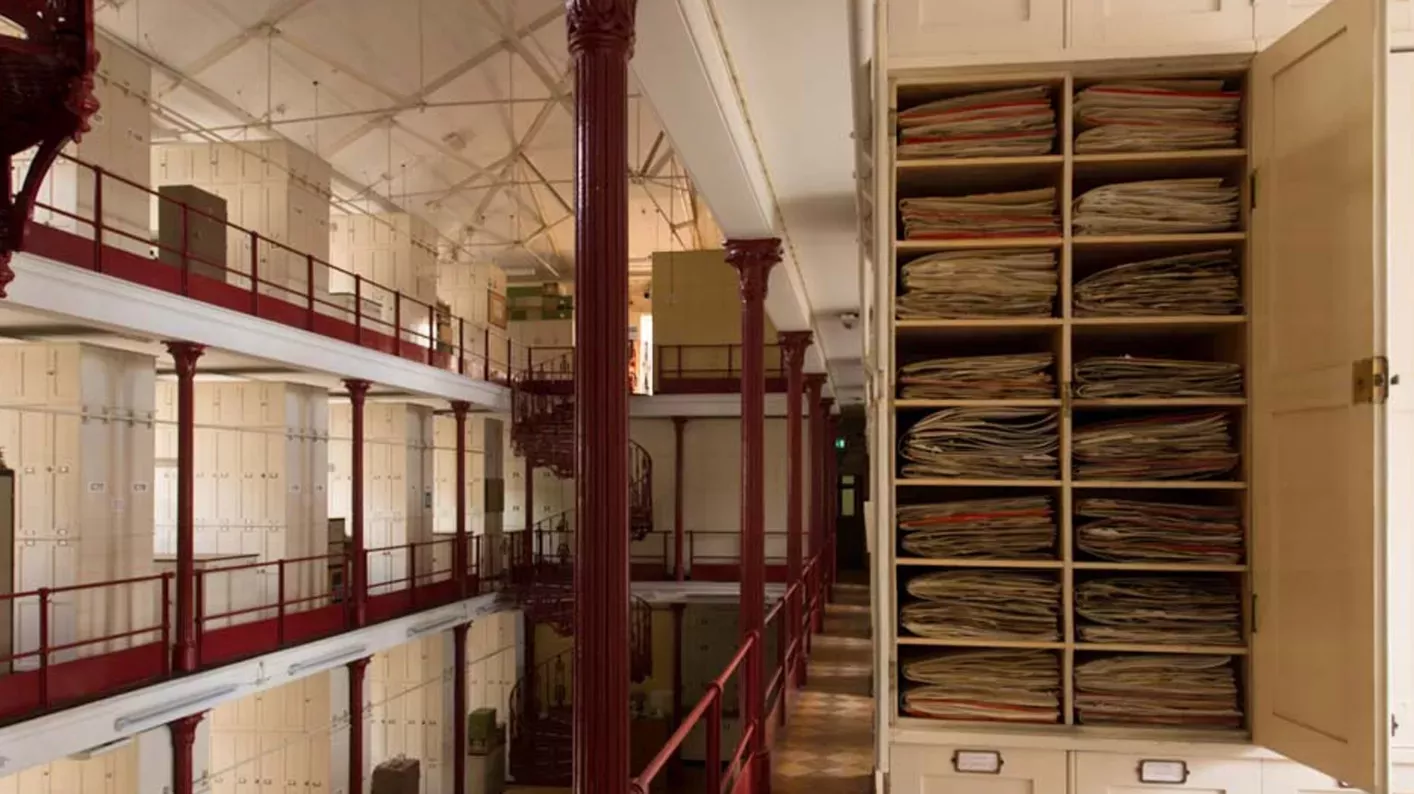Living Collections
Our extensive collections of living plants at Kew Gardens and Wakehurst make up our world-renowned Living Collections.

The Living Collections are the foundation of our two botanic gardens, Kew and Wakehurst.
They are the most diverse collections of any botanic garden in the world.
Part of our role is to identify, label and interpret these plants, giving our visitors an understanding of their vital scientific and cultural significance.
We have been developing these collections since the late 1700s. Today, we hold over 68,000 accessions (one or more living plant specimens that come from the same initial source) of over 27,000 taxa.
Some of these plants are extinct in the wild. Others represent threatened floras from different habitats around the world.
There are plants useful to humankind, and plants that make both botanic gardens a sensory feast for our visitors to enjoy.
Our scientists and horticulturists work with partners around the world to use the Living Collections for cutting-edge research and conservation to combat some of humanity's most pressing issues.
They form the basis of our training and education programmes, as well as being a resource for many events at both sites.
The Living Collections strategy
Our vision is for these collections to be taxonomically, geographically and genetically diverse, useful for science and conservation, and for showcasing the wonder of plants.
For the first time in our history, we have established a formal strategy giving us a framework to manage and develop the Living Collections, integrating them even more closely with our mission and scientific priorities.
We work hard to make sure that the displays continue to inspire a lifelong appreciation of plants.
More from Kew

Kew Gardens
Plants
Our incredible living plant collection at Kew Gardens is the most diverse in the world.
Plants at Kew Gardens
Wakehurst
Plants
Explore the magnificent living collection of plants at Wakehurst.
Plants at Wakehurst
Kew Science
Our collections
With over 8.5 million items, Kew houses the largest and most diverse botanical and mycological collections in the world. They represent approximately 95% of vascular plant genera and 60% of fungal genera.
See all our collections